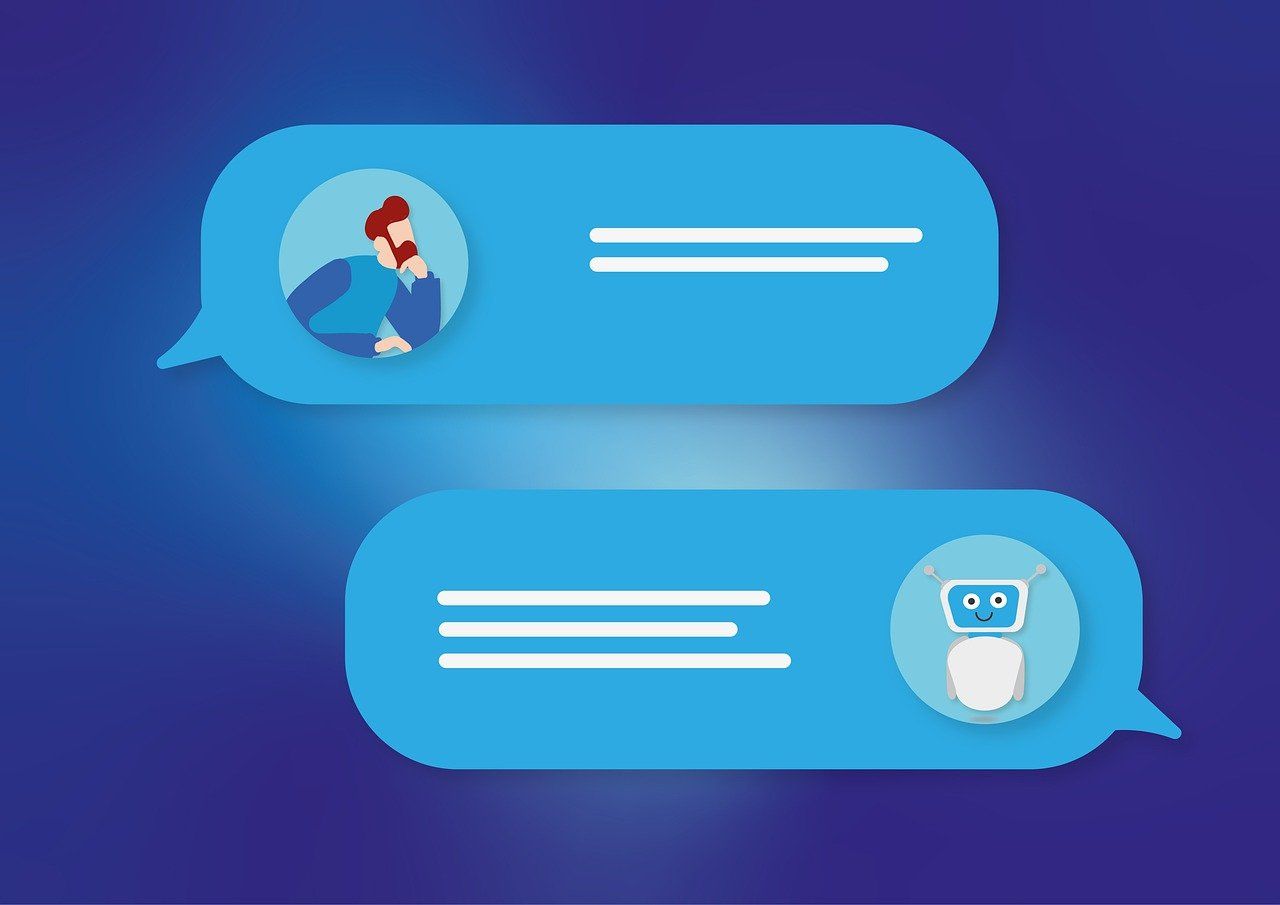How AI Forecasting Helps Startups Navigate Uncertain Markets

Key Points
- 78% of startups fail due to poor market timing and inadequate demand forecasting, making AI-powered prediction tools essential.
- AI forecasting models can analyze millions of data points in seconds, providing 85% more accurate market predictions than traditional methods.
- Real-time market sentiment analysis helps startups pivot strategies 3x faster than competitors relying on manual research.
- Predictive analytics enables early identification of market trends, giving startups a 6-12 month advantage over competitors.
- AI-driven financial forecasting improves cash flow management, reducing the risk of runway depletion by 40%.
- Tools like Anablock's AI solutions help startups leverage forecasting technology without requiring extensive data science expertise.
Overview
In today's volatile business environment, startups face unprecedented uncertainty. Market conditions shift rapidly, consumer behaviors evolve overnight, and economic turbulence can derail even the most promising ventures. Traditional forecasting methods, which rely heavily on historical data and human intuition, often fall short in predicting these dynamic changes.
AI forecasting has emerged as a game-changing tool for startups seeking to navigate uncertain markets. By processing vast amounts of data from multiple sources and identifying patterns invisible to human analysts, AI-powered forecasting provides startups with the predictive intelligence needed to make confident strategic decisions.
Anablock explores how AI forecasting transforms startup decision-making, examining the technologies, applications, and strategies that enable young companies to thrive despite market uncertainty.
1. Understanding AI Forecasting Technology
AI forecasting leverages machine learning algorithms, neural networks, and advanced statistical models to predict future market conditions, customer behavior, and business outcomes with remarkable accuracy.
Unlike traditional forecasting that relies on linear projections and limited data sets, AI forecasting systems analyze complex, non-linear relationships across thousands of variables simultaneously. These systems continuously learn and improve, adapting to new information and market changes in real-time.
Core AI Forecasting Technologies
- Machine Learning Models: Algorithms that identify patterns in historical data to predict future outcomes
- Neural Networks: Deep learning systems that mimic human brain processes to recognize complex patterns
- Natural Language Processing: AI that analyzes text from news, social media, and reports to gauge market sentiment
- Time Series Analysis: Advanced statistical methods optimized by AI to predict temporal patterns
- Ensemble Methods: Combined AI models that leverage multiple algorithms for superior accuracy
Startups should begin with accessible AI forecasting platforms that integrate with existing data sources. Focus on specific use cases like demand forecasting or cash flow prediction before expanding to comprehensive market analysis. Many platforms offer no-code interfaces that make AI forecasting accessible without requiring data science expertise.
2. Demand Forecasting and Inventory Optimization
For product-based startups, accurate demand forecasting represents the difference between sustainable growth and catastrophic overstock or stockout situations.
AI-powered demand forecasting reduces forecast errors by 30-50% compared to traditional methods. This accuracy translates directly to reduced carrying costs, minimized waste, and improved customer satisfaction through better product availability.
Key Benefits Include
- Seasonal Pattern Recognition: AI identifies subtle seasonal trends and cyclical patterns that manual analysis misses
- External Factor Integration: Systems incorporate weather, economic indicators, and social trends into predictions
- SKU-Level Precision: Individual product forecasts rather than broad category estimates
- Dynamic Adjustment: Real-time forecast updates as market conditions change
- Multi-Channel Coordination: Unified forecasting across different sales channels and platforms
Start by feeding your AI system historical sales data, inventory levels, and relevant external variables. Choose forecasting tools that integrate with your existing e-commerce or ERP systems. Monitor accuracy metrics and continuously refine your models by incorporating new data sources and adjusting parameters based on forecast performance.
3. Financial Forecasting and Cash Flow Management
Cash flow problems kill more startups than any other factor. AI forecasting provides the financial visibility needed to prevent runway depletion and optimize capital allocation.
Traditional financial projections often rely on static assumptions that quickly become outdated. AI financial forecasting models dynamically adjust predictions based on real-time transaction data, payment patterns, and market conditions, providing startups with accurate, up-to-date financial intelligence.
Financial Forecasting Capabilities
- Cash Flow Prediction: Accurate projections of incoming and outgoing cash with day-level precision
- Revenue Modeling: AI-powered sales forecasts based on pipeline data and conversion patterns
- Expense Optimization: Predictive analysis of spending patterns to identify cost-saving opportunities
- Scenario Planning: Rapid modeling of multiple financial scenarios to evaluate strategic options
- Funding Requirement Forecasting: Precise predictions of when and how much capital will be needed
4. Market Trend Analysis and Competitive Intelligence
Understanding market dynamics and competitive movements before they fully materialize gives startups a critical strategic advantage.
AI forecasting systems excel at analyzing vast amounts of unstructured data from news articles, social media, patent filings, and industry reports to identify emerging trends and competitive shifts. This capability allows startups to spot opportunities and threats months before they become obvious to competitors using traditional market research.
Market Intelligence Applications
- Trend Emergence Detection: Early identification of nascent market trends before mainstream adoption
- Competitor Activity Monitoring: Tracking and predicting competitor strategies based on public signals
- Consumer Sentiment Tracking: Real-time analysis of customer opinions and preferences
- Regulatory Change Prediction: Anticipating policy shifts that could impact your market
- Technology Adoption Forecasting: Predicting which emerging technologies will gain traction
Combine multiple AI forecasting tools to create comprehensive market intelligence. Use sentiment analysis platforms to monitor brand perception and customer needs. Set up automated alerts for specific market signals relevant to your industry. Share insights across your team to ensure strategic alignment and rapid response capabilities.
5. Customer Behavior Prediction and Personalization
Understanding and predicting individual customer behavior enables startups to deliver personalized experiences that drive engagement and loyalty.
AI-powered customer behavior forecasting analyzes historical interactions, purchase patterns, and demographic data to predict future actions like purchase likelihood, churn risk, and lifetime value. This intelligence allows startups to optimize marketing spend, improve retention, and maximize revenue per customer.
Predictive Customer Analytics
- Churn Prediction: Identifying customers at risk of leaving before they actually churn
- Purchase Propensity Modeling: Forecasting which customers are most likely to buy specific products
- Lifetime Value Estimation: Predicting long-term customer value to optimize acquisition spending
- Next-Best-Action Recommendations: AI-suggested optimal interactions for each customer
- Engagement Forecasting: Predicting response rates to marketing campaigns and content
Start with high-impact use cases like churn prediction or purchase likelihood. Ensure your customer data is clean and properly structured. Use AI tools that integrate with your CRM and marketing automation platforms. Test predictions on small customer segments before scaling to your entire base.
6. Pricing Strategy Optimization
Dynamic, AI-powered pricing strategies help startups maximize revenue while remaining competitive in rapidly changing markets.
Static pricing models leave money on the table or price products out of reach. AI forecasting enables dynamic pricing that responds to demand fluctuations, competitive actions, and customer willingness to pay. Startups using AI pricing optimization typically see 2-5% revenue increases without losing customers.
AI Pricing Capabilities
- Demand-Based Pricing: Automatic price adjustments based on predicted demand levels
- Competitive Price Monitoring: Real-time tracking and response to competitor pricing changes
- Customer Segmentation Pricing: Personalized pricing based on individual customer value and sensitivity
- Promotional Optimization: AI-predicted optimal timing and depth for discounts and promotions
- Price Elasticity Modeling: Understanding how price changes affect demand across products
7. Risk Assessment and Mitigation
Proactive risk identification and mitigation separate surviving startups from failed ventures in uncertain markets.
AI forecasting systems analyze multiple risk factors simultaneously, identifying potential threats before they materialize. From supply chain disruptions to market downturns to customer concentration risks, AI provides early warning systems that enable proactive mitigation strategies.
Risk Forecasting Applications
- Supply Chain Risk Prediction: Forecasting potential disruptions in supplier networks
- Market Volatility Assessment: Predicting market turbulence that could affect your business
- Credit Risk Analysis: Evaluating customer and partner financial stability
- Operational Risk Identification: Detecting internal process vulnerabilities before they cause problems
- Strategic Risk Evaluation: Assessing risks associated with major business decisions
The Role of Professional AI Implementation Support
Implementing AI forecasting effectively requires expertise that many startups lack internally. Professional support accelerates deployment and ensures optimal results.
Anablock helps startups leverage AI forecasting through custom implementation, integration services, and ongoing optimization tailored specifically to each company's unique needs and data landscape.
Professional Support Benefits:
- Custom Model Development: AI forecasting solutions designed for your specific business challenges
- Data Infrastructure Setup: Proper data collection, cleaning, and pipeline creation
- Integration Services: Seamless connection of AI tools with existing business systems
- Training and Knowledge Transfer: Ensuring your team can effectively use and interpret AI forecasts
- Ongoing Optimization: Continuous model refinement and accuracy improvement
Measuring AI Forecasting Success
Track these metrics to evaluate the impact of AI forecasting on your startup:
- Forecast Accuracy: Percentage difference between predicted and actual outcomes
- Decision Quality: Improved business outcomes from forecast-informed decisions
- Cost Savings: Reduced waste, optimized inventory, and improved resource allocation
- Revenue Impact: Increased sales from better demand prediction and pricing
- Speed to Insight: Time reduction in generating actionable market intelligence
- Risk Mitigation: Problems avoided or minimized through early warning systems
Use these metrics to demonstrate ROI to stakeholders and identify areas where forecasting models need improvement.
Conclusion
In uncertain markets, AI forecasting transforms from a competitive advantage to a survival necessity for startups. By leveraging machine learning, neural networks, and advanced analytics, startups gain the predictive intelligence needed to make confident decisions despite market volatility.
From demand forecasting and financial planning to customer behavior prediction and risk assessment, AI-powered forecasting applications touch every aspect of startup operations. The startups that embrace these technologies position themselves to not merely survive uncertainty but to thrive by anticipating and capitalizing on changes before competitors recognize them.
The democratization of AI technology means sophisticated forecasting capabilities are now accessible to startups of all sizes. Services like Anablock's AI solutions help young companies implement enterprise-grade forecasting without enterprise-level budgets or data science teams.
Remember, successful AI forecasting requires more than just technology. It demands clean data, clear use cases, and organizational commitment to data-driven decision-making. Start with focused applications, measure results rigorously, and scale gradually as you build confidence and capability.
The future belongs to startups that can see what's coming. With AI forecasting, that future is clearer than ever before.
Want to learn more about our healthcare solutions?
Discover how our AI technology can transform your healthcare practice.
Related Articles


